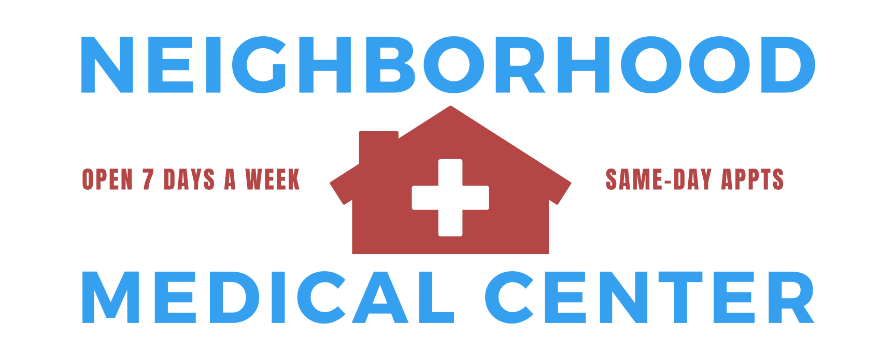Medication-Assisted Therapy (MAT) For Opioid Addiction
Recently, opioid addiction has been labeled a crisis or epidemic, and for good reason. In 2015 alone, approximately 33,000 people died from an opioid overdose in the United States and over two million people were addicted to opioids — and these numbers continue to rise.

What Are Opioids?
Opioids are a class of drugs that interact with opioid receptors on the nerve cells, both in the brain and throughout the body. Opioids are generally used to relieve pain, but because of the euphoric effect they have, they’re often misused long after the pain is gone. The most common opioids are:
- Prescription pain relievers such as oxycodone, hydrocodone, codeine, opium, and morphine
- Illegal drug Heroin
- Synthetic opioids, namely fentanyl and tramadol
Opioid addiction often starts out innocently enough, with a prescription for pain relievers. With prolonged use, however, opioid use can turn into a full-blown heroin addiction when the prescription drugs are no longer available. In fact, during the 2000s, at least 75% of heroin addicts who entered rehab had used prescription opioids before turning to heroin.

Whar Are Signs of an Opioid Addiction?
- Taking higher dosages or for longer periods than prescribed
- Significant impairment or emotional distress as a result of opioid use
- Continued use of opioids even when it interferes with important aspects of life such as work or family obligations
- Neglecting commitments or activities that had been enjoyed before opioid use
- Developed tolerance that leads to increased dosages to achieve the same effect
- Withdrawal symptoms when drug use is discontinued
On top of being one of the most addictive substances, coming off of opioids is an extremely difficult journey, mentally and physically, causing many addicts to simply stay hooked in order to avoid the withdrawal period. Because of the difficulty of the withdrawal, medical experts in the addiction field are continually researching ways to soften the experience as much as possible.

What Are The Withdrawal Symptoms of Opioids?
Withdrawal from opioids is one of the main hurdles for addicts who want to get clean. Quitting an opioid addiction should never be done without a doctor's supervision, as these symptoms are often intense for several days after the last drug was taken, and symptoms can even last up to six months on a much lesser scale. Symptoms include:
- Muscle aches
- Anxiety
- Irritability
- Sleeplessness and depression
- Excessive sweating
- Fever and chills
- Abdominal cramping
- Diarrhea
- Nausea and vomiting
- High blood pressure

How Does Suboxone Work?
To help those who have an opioid addiction, Dr. McElya offers suboxone, which contains buprenorphine and naloxone. In short, suboxone is a step-down drug that still contains opioids, but it reduces the “high” considerably. Buprenorphine is a partial opioid agonist that doesn’t get an addict as high, and it also satisfies the body’s need for the opiate. The naloxone component acts as an opioid antagonist.
Combined, the two ingredients in suboxone greatly reduce the withdrawal symptoms in opioid addicts, allowing them to wean off of the drug gradually and safely. Dr. McElya works with his patients throughout the process to ensure the best chances for success, which includes counseling and addiction treatment recommendations.
